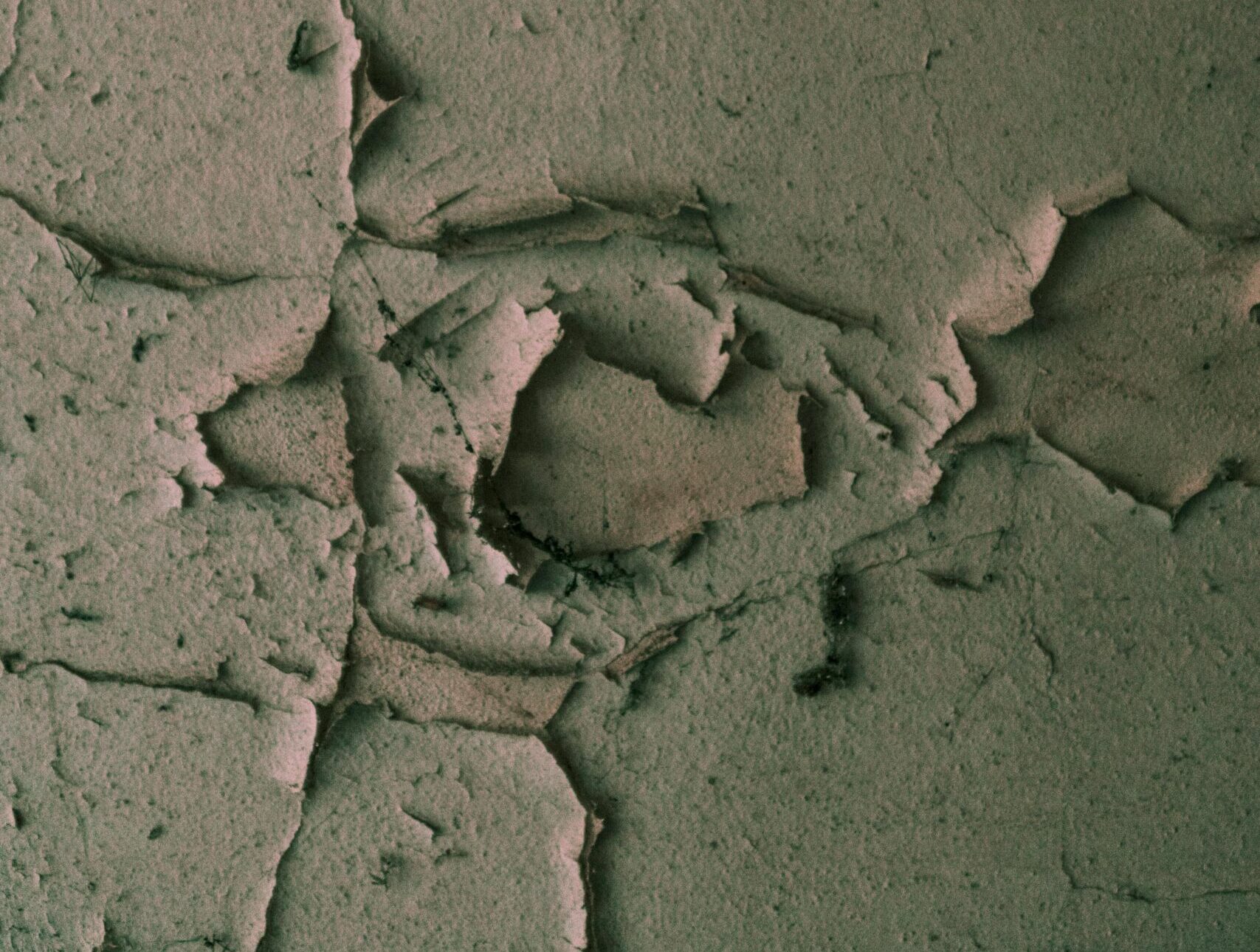Ever wonder what’s hiding behind your wallpaper? Could it be mold, a silent threat? Finding mold behind wallpaper is hard, but it’s key to a healthy home. Black mold and Cryptococcus are two dangerous types that can harm your health if not found.
Moisture from leaks, bad insulation, and contaminated wallpaper adhesive can cause mold. Things like flooding and certain habits can make it worse. Knowing how to spot mold behind wallpaper can save your health and your home’s value.
Key Takeaways
- Black mold, like Stachybotrys, and Cryptococcus behind wallpaper can severely affect health.
- Common causes of mold growth include leaks, poor insulation, and exposure of wallpaper adhesive to contaminants.
- DIY mold testing kits range from $10 to $150, but professional tests provide more reliable results.
- Mold testing costs can vary widely, from $50 to over $1,000 depending on the type and number of tests conducted.
- Maintaining home humidity levels below 50% can significantly reduce the risk of mold growth.
Common Signs of Mold Behind Wallpaper
Finding mold behind wallpaper can be hard because it’s hidden. Yet, there are clear signs to look for. Discolored patches on the wall or wallpaper’s back are a big clue. These patches might look black, red, orange, or grainy. A musty smell is another sign of mold.
Mold loves dark, moist places, making the area behind wallpaper a perfect spot. Studies show that wallpaper is a great food source for mold. For example, Stachybotrys can release toxins that harm our bodies.
About 35-40% of buildings have mold, and over 25% of homes have harmful spores. Mold can grow fast when it gets water, usually in 24 to 48 hours. Leaks and poor insulation are common reasons for mold behind wallpaper.
High humidity in summer makes mold worse, causing stains before other signs appear. This can hurt air quality, affecting kids and the elderly more. Symptoms include runny noses, itchy eyes, and serious breathing problems.
Regular checks, like in basements, are key to spotting mold. Moisture meters help find hidden mold. Keeping humidity low and fixing leaks quickly helps prevent mold. Using treatments like Ultra-Fresh in wallpaper can also fight mold.
How do you know if there’s mold behind wallpaper?
Spotting mold behind wallpaper needs careful observation and smart mold detection. Start by gently pulling back a small part of the wallpaper for a look. Wear old clothes, masks, and eye protection to avoid mold spores.
If you can’t see mold but think there might be some, use tools like moisture meters or mold test kits. These can find mold spores that you can’t see. For big or deep mold problems, it’s best to get help from mold experts.
Water damage can make mold problems worse, like when it hits drywall. Cut and remove drywall above water lines to get rid of moisture. Look for water stains, dark spots, and wallpaper that’s peeling or bubbling. Also, watch out for black mold, which can be harmful to your health.
Keeping humidity levels right is key to stopping mold. Keep humidity between 30% and 60% and use good insulation. Check moisture levels often, in places like bathrooms and basements. A musty smell is another sign of mold.
To get rid of mold, use special solutions like dimethyl ammonium chloride and disodium octaborate tetrahydrate. After treatment, dry and clean well to remove all mold spores. But for big mold problems, it’s best to call in mold experts.
Conclusion
Knowing how to spot mold behind wallpaper is key to a healthy home. Finding mold early and fixing it fast can greatly lower health risks. Keeping humidity low and fixing water damage quickly helps stop mold.
Look for dark spots or growths, often in wet places like bathrooms and basements. Using hygrometers and fixing moisture issues, like clogged fans, cuts down mold risk. Experts say 83% of mold is hidden from sight.
Mold can grow fast in damp, dark spots. Black mold and others can harm health and increase medical costs. Stay alert, use mold-resistant wallpaper, and call pros when needed to keep your home safe.







